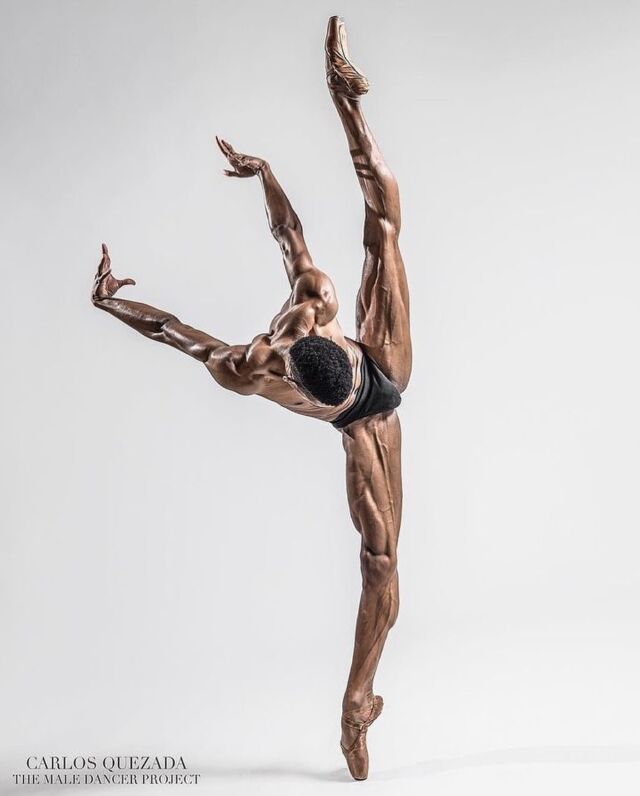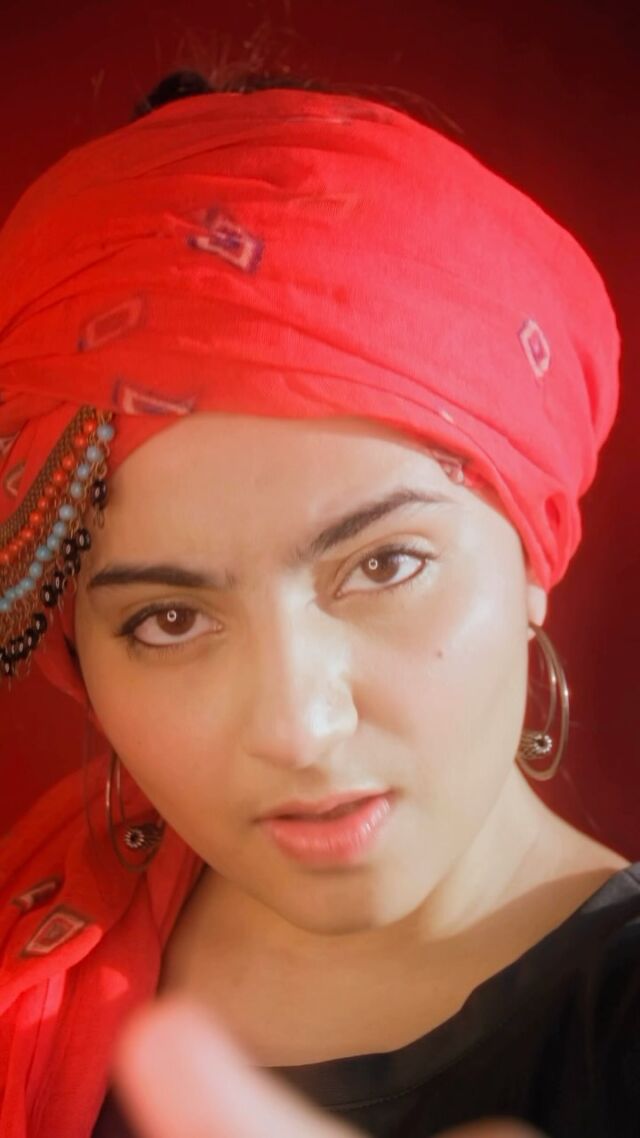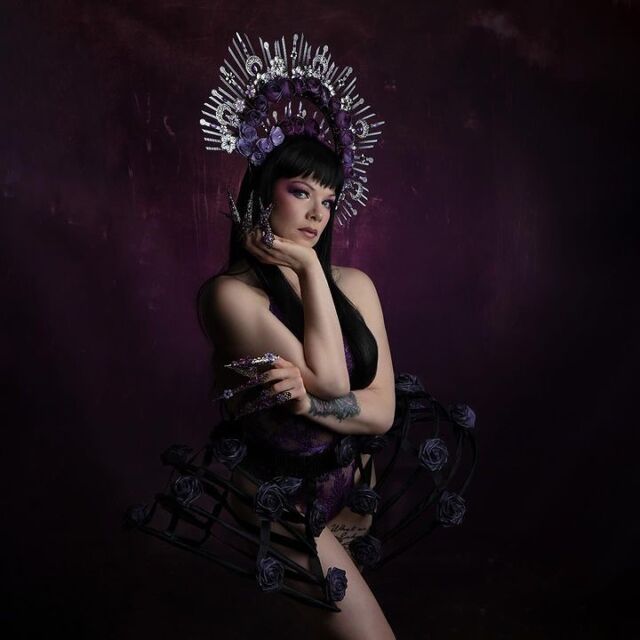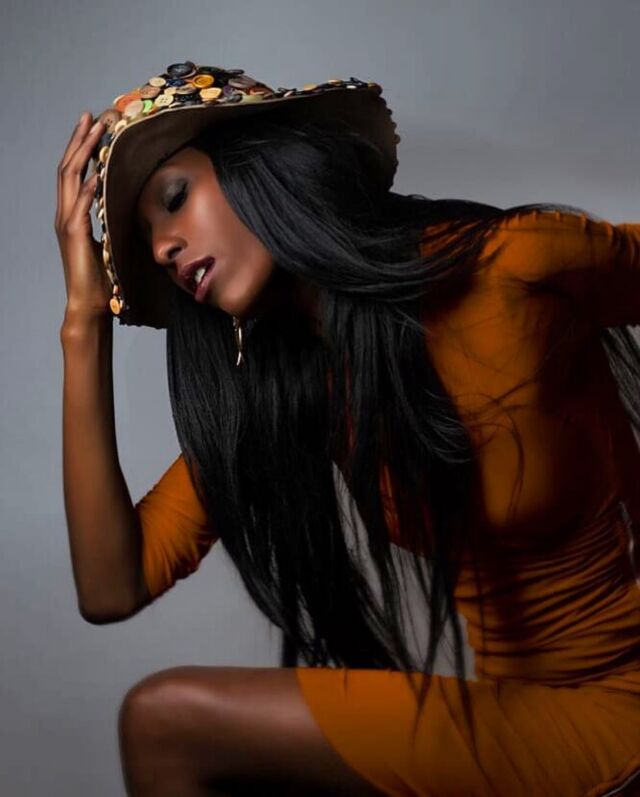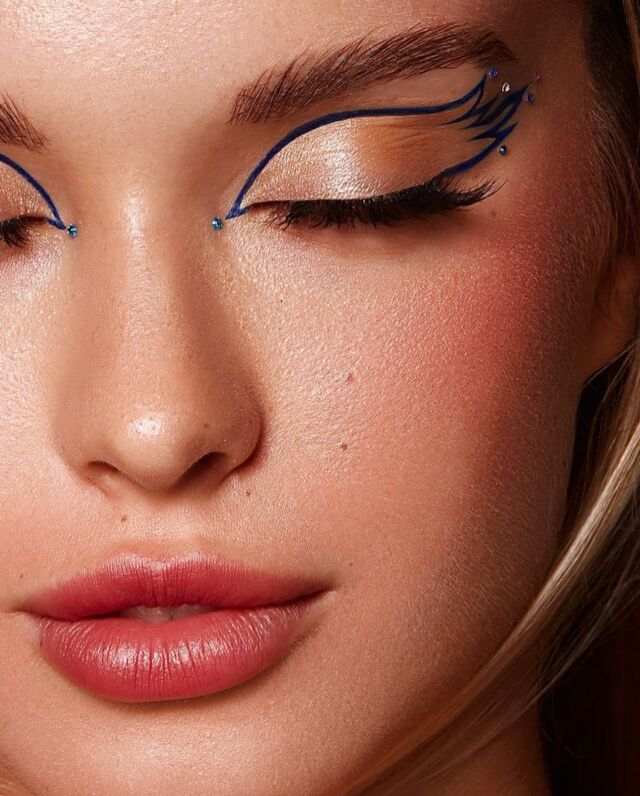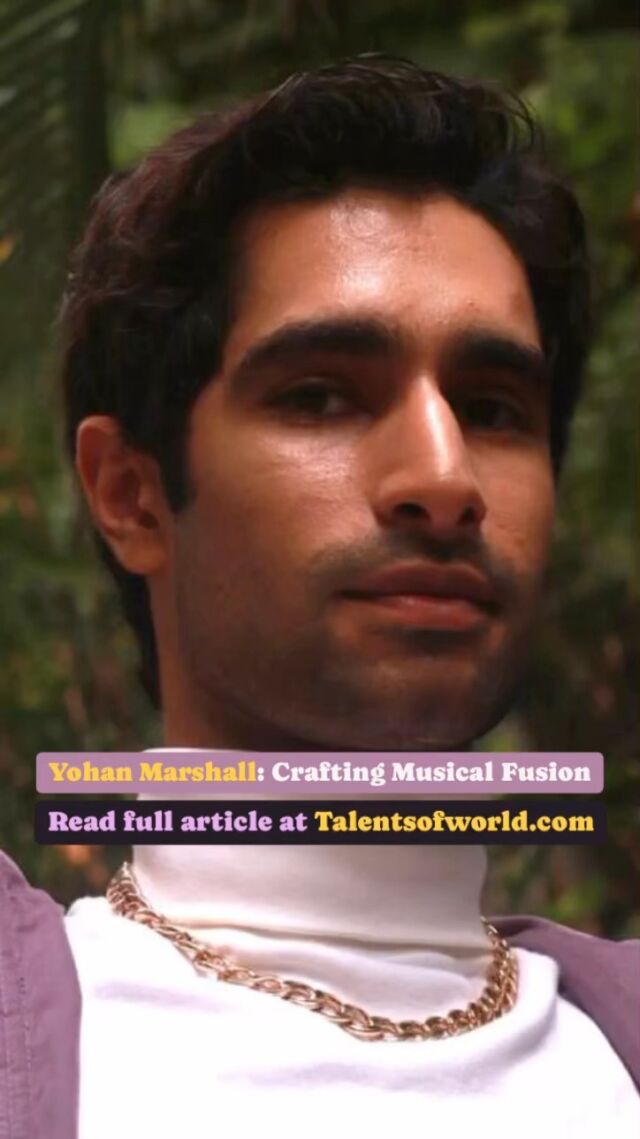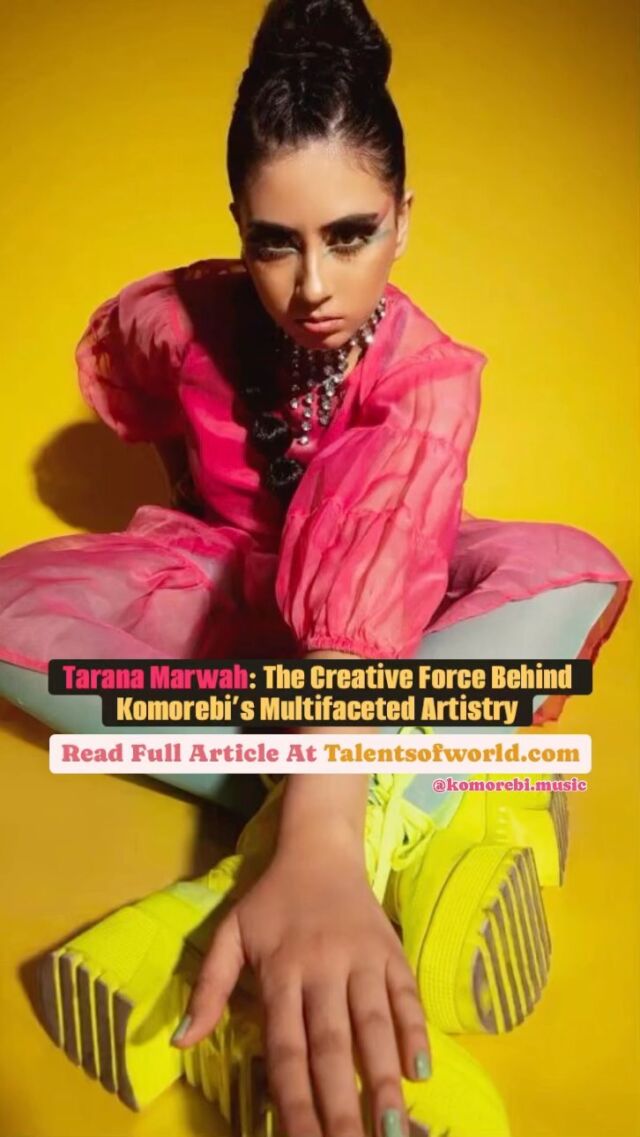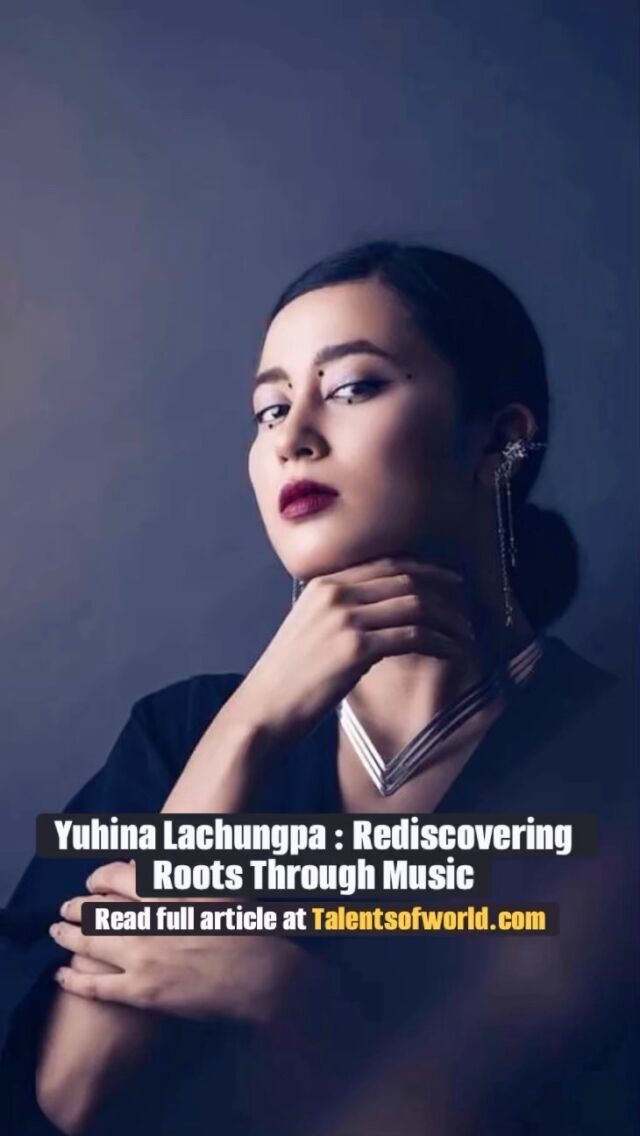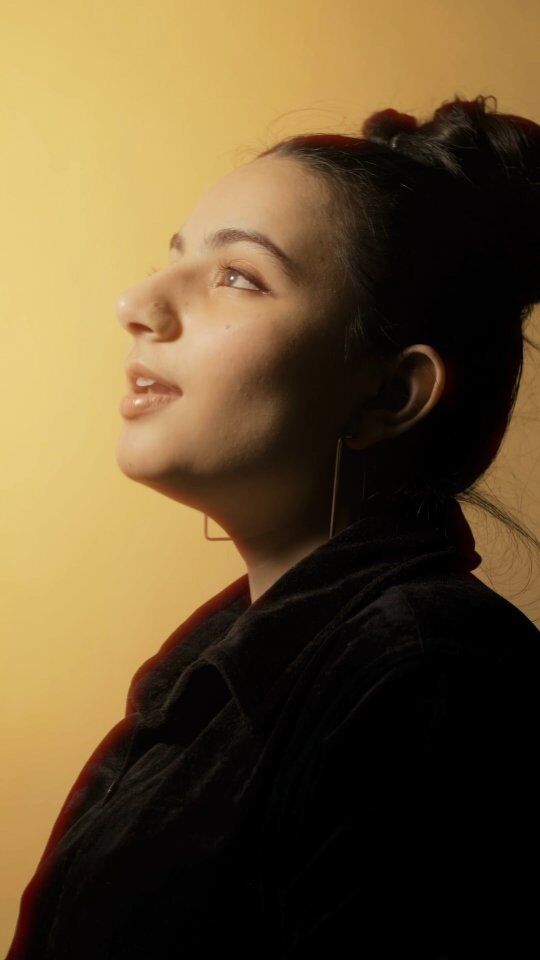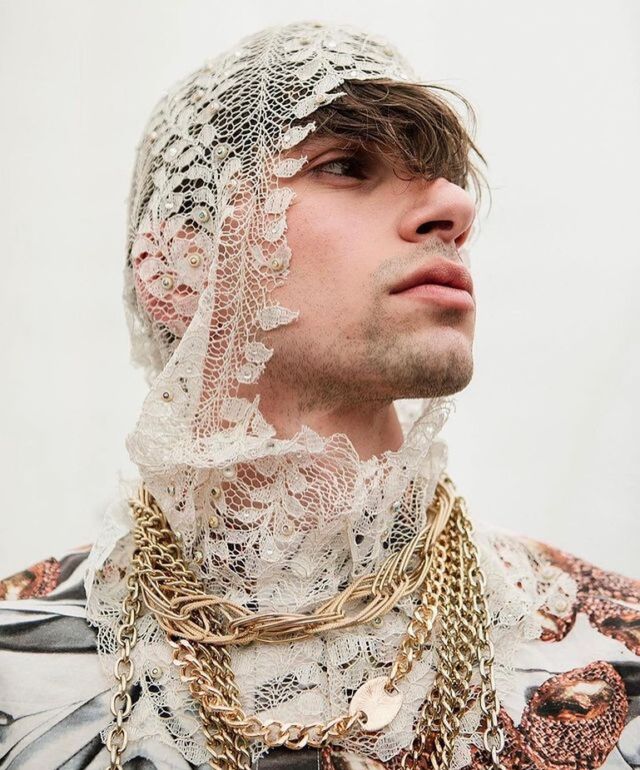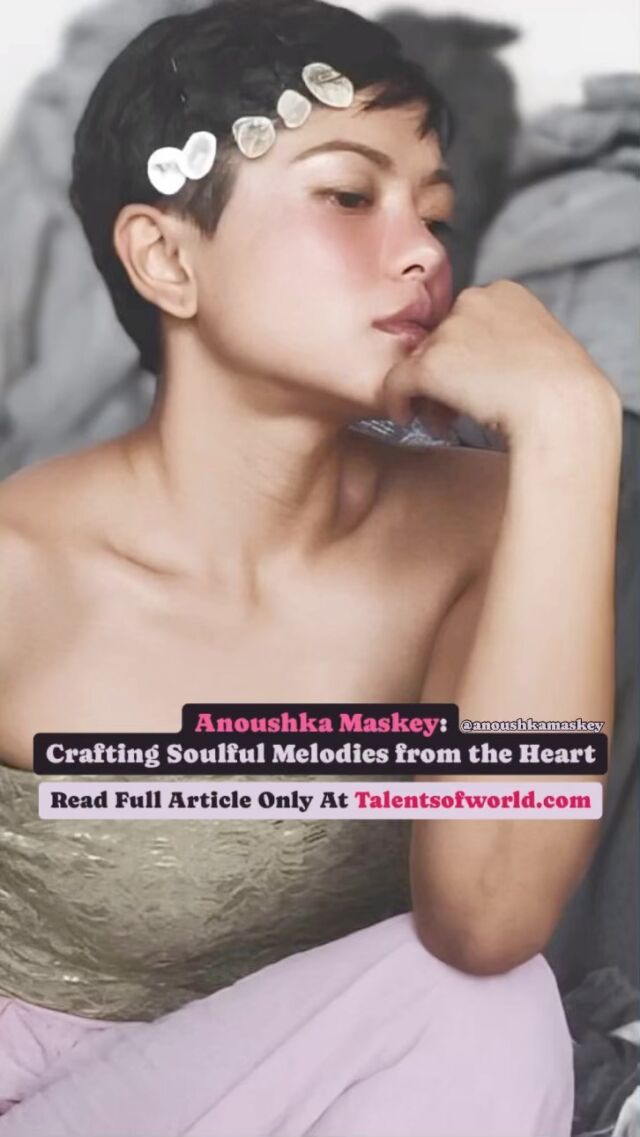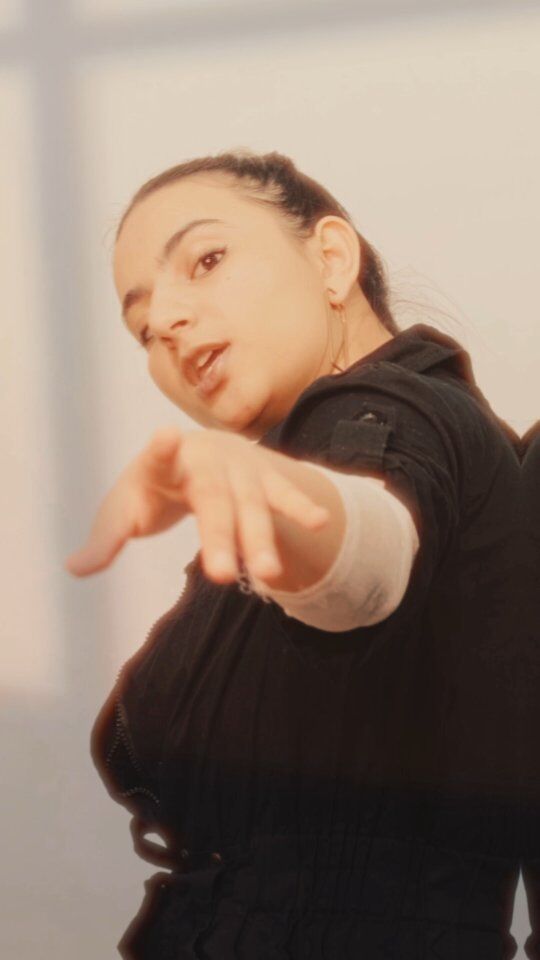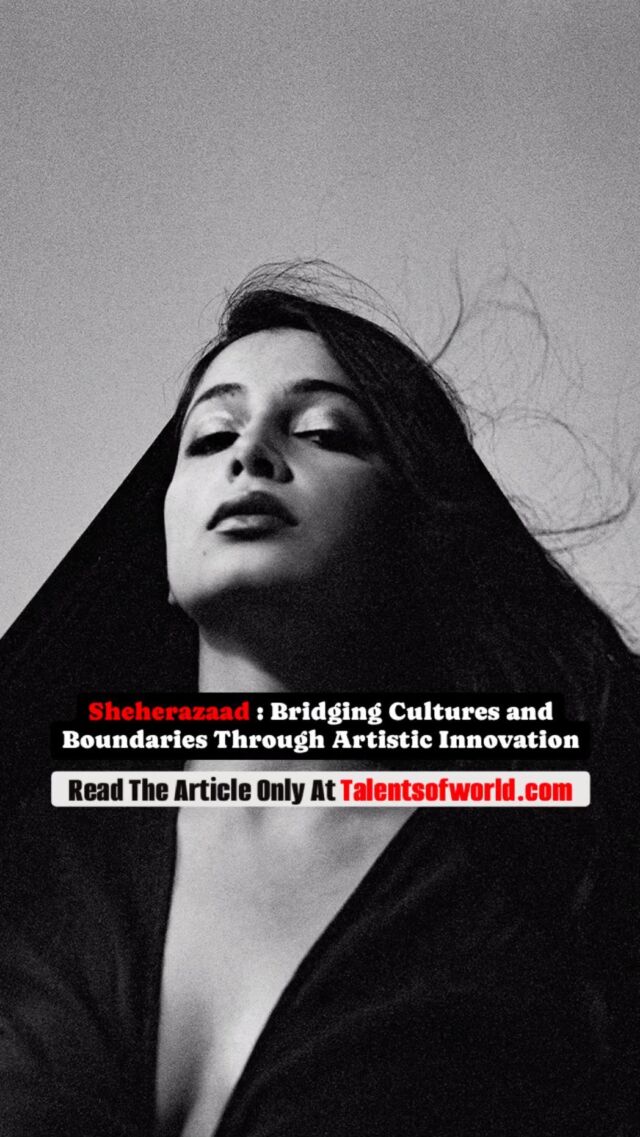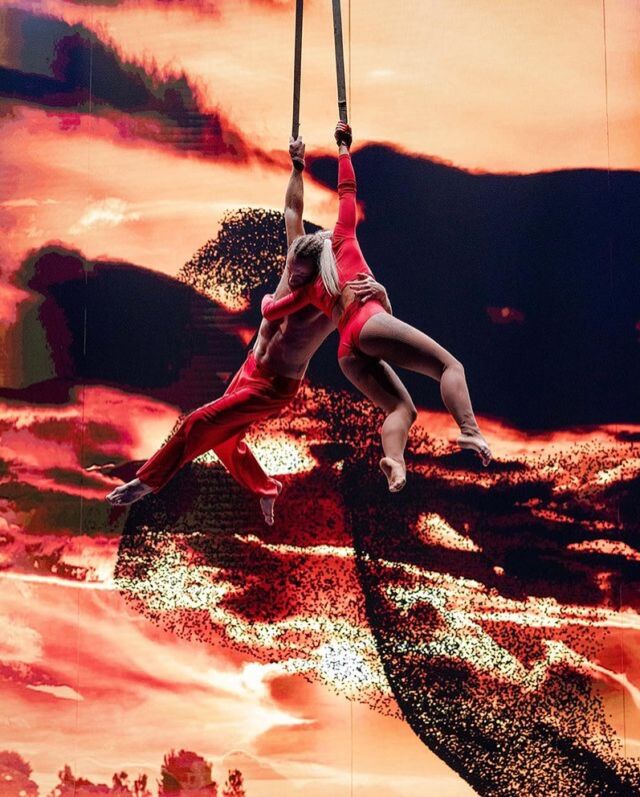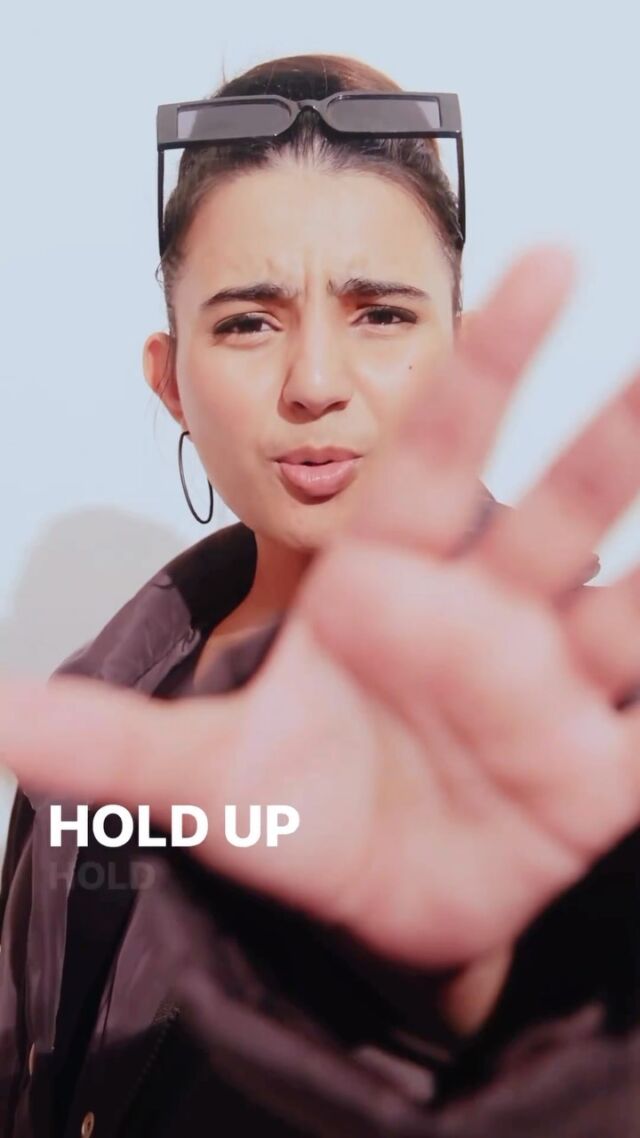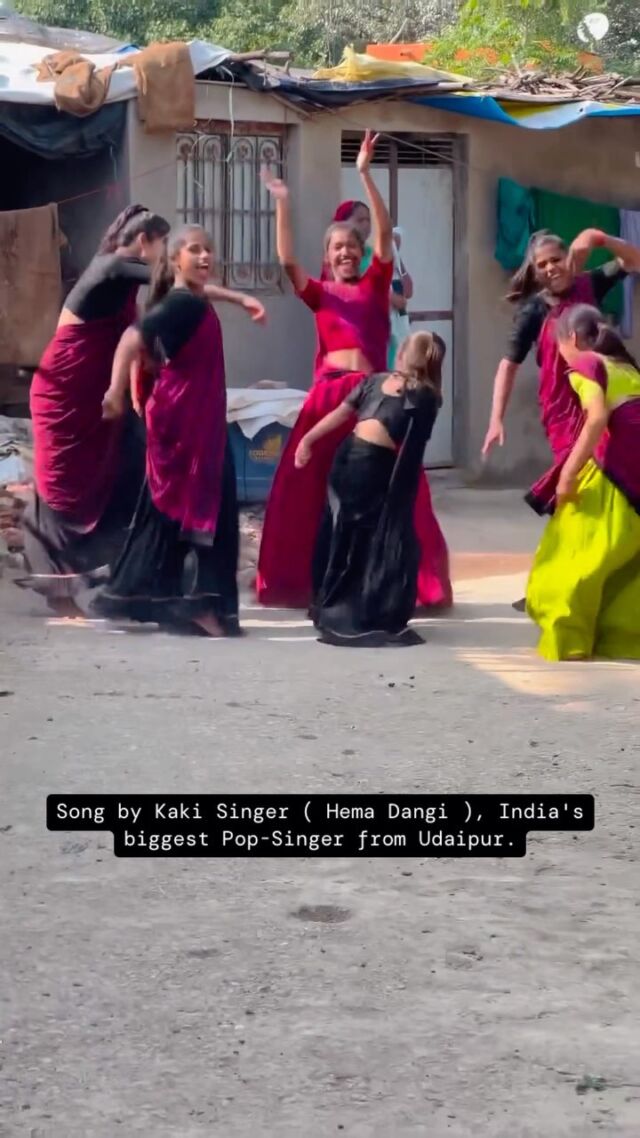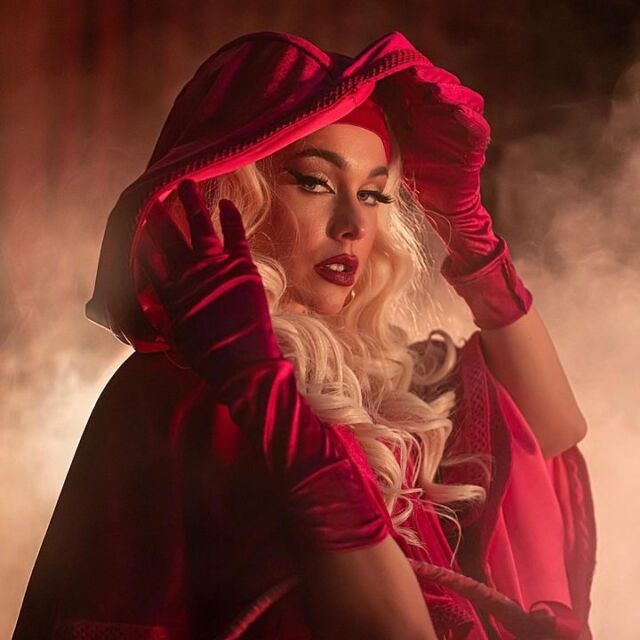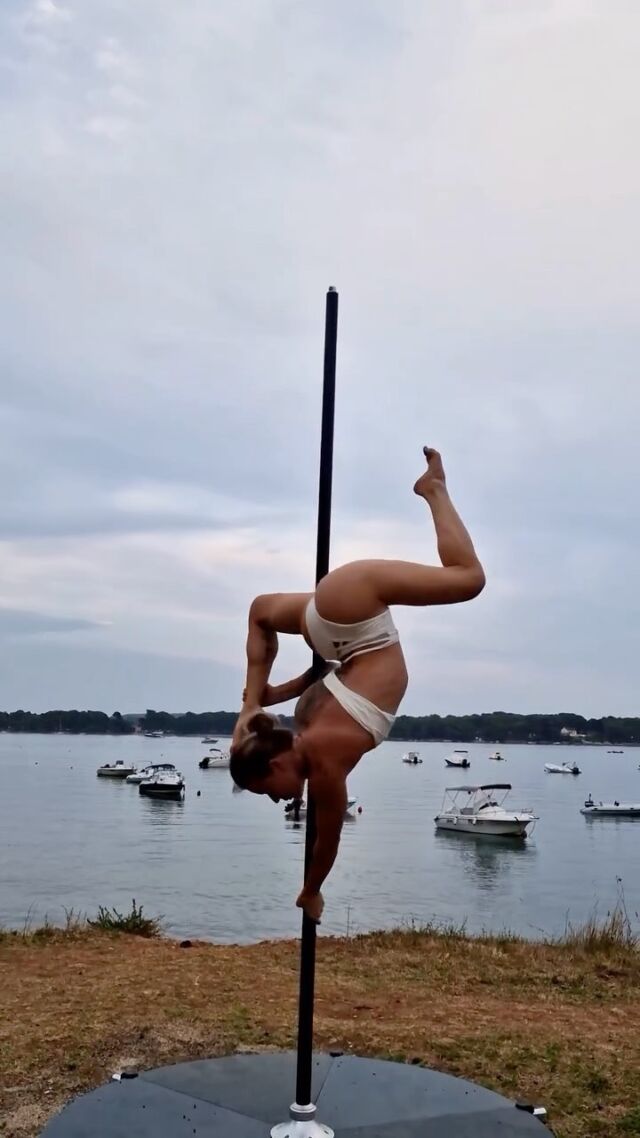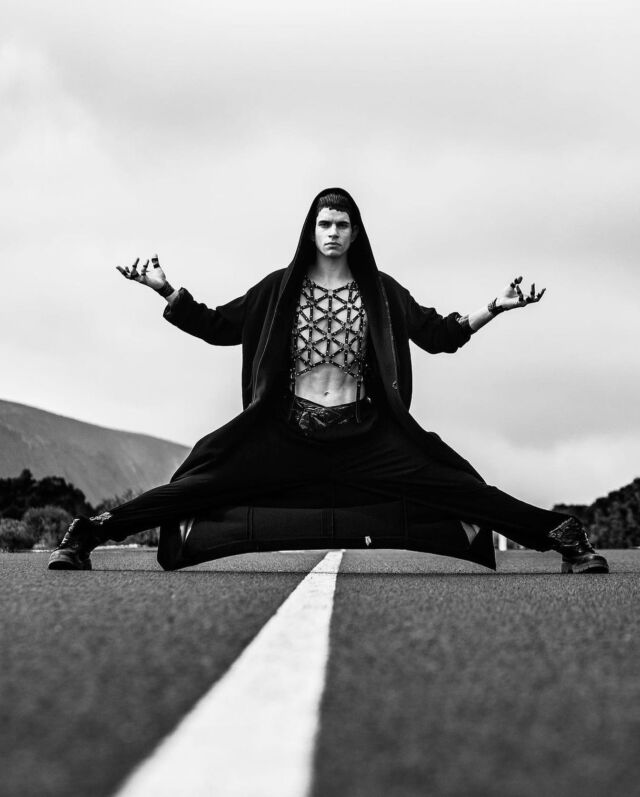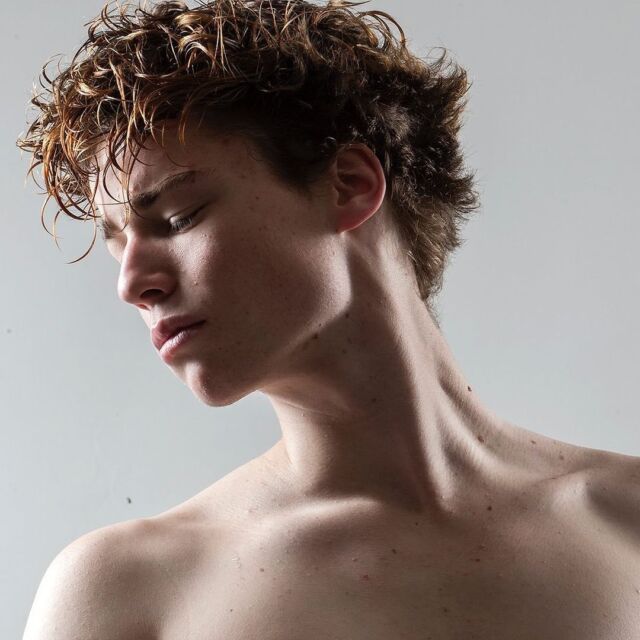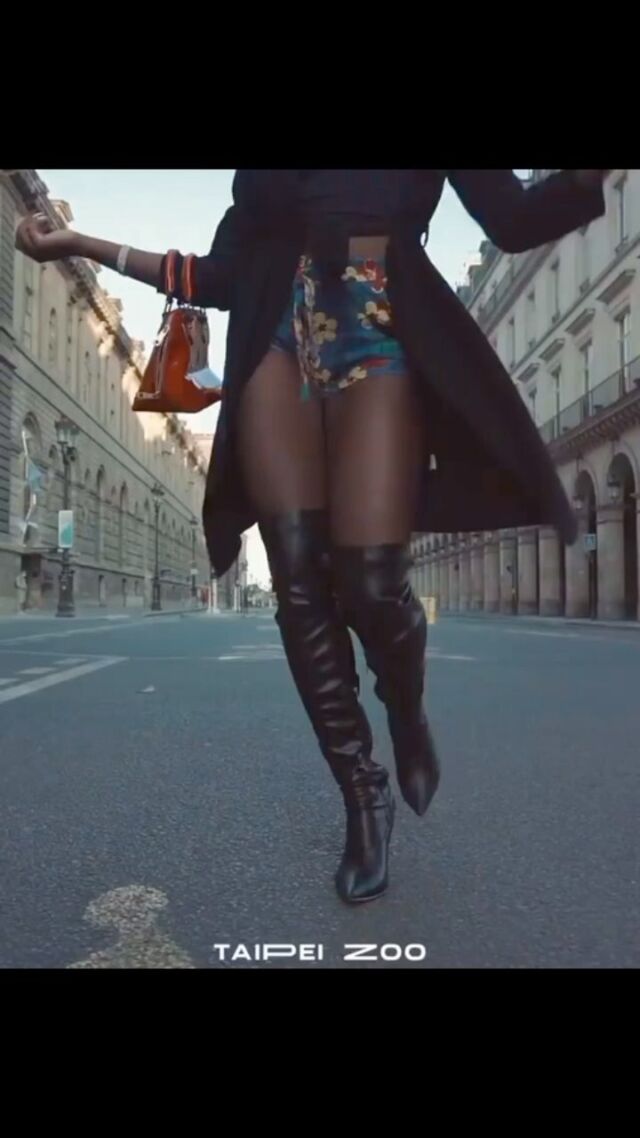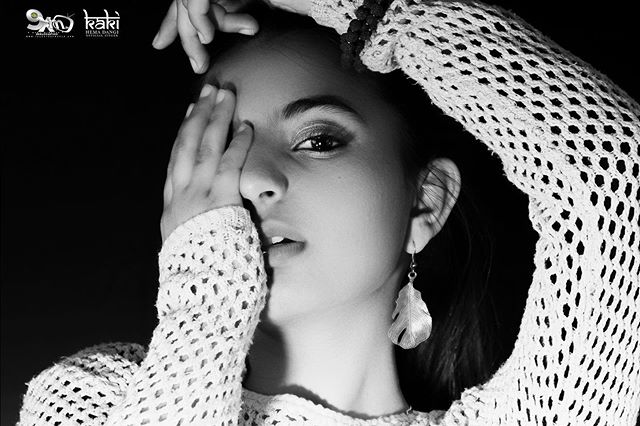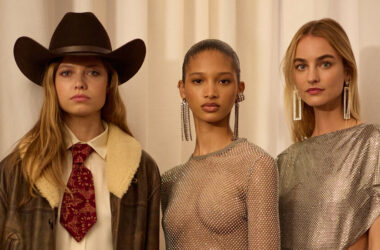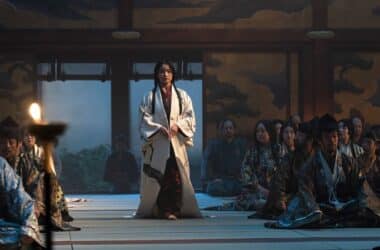In avant-garde New York, one of the most pilgrimaged sites has been the “Dream House,” a sensory environment that since 1993 has occupied the third story of a walk-up on Church Street in Lower Manhattan.
From the ceiling of that small, carpeted room, theater lights treated with red and blue filters combine to throw auras of deep magenta on opposing walls. Four split discs of aluminum hang from the ceiling at torqued angles. As visitors enter and lie down, these mobiles spin slowly, catching light and casting morphing shadows of cursive E’s and wishbones.
Instead of being absences of light, the shadows are positives: The lights are angled so that as one mobile shines red, its corresponding shadow speaks in blue, and vice versa.
Behind this novel optical inversion was the artist and musician Marian Zazeela, who died in her sleep on March 28 after an illness, said her longtime student Jung Hee Choi, who did not specify a cause. Ms. Zazeela was 83.
Ms. Zazeela never gained the renown of James Turrell or Dan Flavin, light artists who equaled her curiosity about altering optical perception in controlled environments. That oversight may have owed less to the ephemeral nature of her works than to the fact that hers were exclusively collaborative.
Accounts vary as to how she first met her husband, muse and “Dream House” co-creator, the minimalist composer La Monte Young. In one version, Yoko Ono introduced the two at a restaurant in New York’s Chinatown, and his choice of beverage, an orange soda, charmed Ms. Zazeela. In another telling, the musician Angus MacLise, who lived above Ms. Zazeela on Avenue C, introduced them as Mr. Young spoke passionately about the traditional “dream music” of the Malaysian Temiar people.
People close to them say that from 1966 to Ms. Zazeela’s death, the couple never spent a day apart.
As a singer and player of the Indian tamboura, and later a disciple of the Indian classical singer Pandit Pran Nath, Ms. Zazeela performed with her husband in hundreds of concerts. One early ensemble was the Theatre of Eternal Music, which they formed in the early 1960s with Mr. MacLise and John Cale. The group is credited with introducing drone — a defining element of Indian classical — to the American musical consciousness.
Ms. Zazeela’s vocal improvisations, entwined with Mr. Young’s over a tone oscillator mimicking the tamboura’s basal drone, can be heard in their 1969 LP nicknamed “The Black Record.”
In an interview with Red Bull Music Academy in 2018, Mr. Young described Ms. Zazeela as “the first person who really encouraged me deeply.”
But in six decades of collaboration, her most singular influence was graphic. Across concert posters and LP sleeves, many of which the Museum of Modern Art now holds, her designs combined Celtic complexity, Arabic curvatures and a ritualized numerical precision uncommon even for the baroque 1960s.
Favoring rich purples, pinks, charcoals and pleasing low contrasts, Ms. Zazeela’s visuals allowed Mr. Young’s compositions to be photogenic, synesthetic and sensuous. Among the works were the founding scores of minimalism and some of the most cerebral and uncompromising in Western music.
Marian Susan Zazeela was born on April 15, 1940, in New York City. Her father, Herman Zazeela, was a geriatrician at Mount Sinai Hospital in Manhattan and at the Neustadter Convalescent Center in Yonkers, N.Y. Her mother, Helen (Heyderman) Zazeela, was a schoolteacher. The family lived in the Bronx.
After graduating from the High School of Music & Art in Manhattan (now the Fiorello H. LaGuardia High School of Music & Art and Performing Arts), Ms. Zazeela studied painting at Bennington College in Vermont under the minimalist sculptor Tony Smith and the hard-edge painter Paul Feeley. There, in 1958, she saw on temporary display Barnett Newman’s “Vir Heroicus Sublimis,” a broad red canvas cut with stripes of varying contrast, which she said had “a profound conceptual impact on my developing imagination.” She graduated in 1960.
After a term at the Atelier Henri Goetz in Paris, Ms. Zazeela returned with “the complete De Sade, a Miro engraving, and a husband,” as she wrote in the debut issue of the literary magazine Kulchur, referring to Abdallah Schleifer, the magazine’s founding editor, whom she married in Paris in 1960.
That December, she debuted her paintings at the 92nd Street Y in Manhattan; she had painted large canvasses with calligraphic curves in abstract blasts, then filled their backgrounds with fields of contrasting color, leaving drippy margins of blank space around each brushstroke.
But after visiting an exhibition of Abstract Expressionism at the Guggenheim Museum in 1961, she complained of artistic boredom, writing in Floating Bear magazine, “maybe we’re at an impasse in Great American Painting.”
Performance art offered alternatives. That year, Ms. Zazeela designed a stage production of Amiri Baraka’s novel “The System of Dante’s Hell.” Modeling for the photographs in Jack Smith’s “The Beautiful Book” (1962), she inspired and appeared in his 1963 film, “Flaming Creatures,” a screening of which the police raided for its nudity and indecency. She also starred in a screen test for Andy Warhol in 1964, appearing in makeup and a beehive hairdo and refusing to blink for four minutes while a stream of tears collected at her chin.
After Mr. Schleifer moved to Morocco, Ms. Zazeela drove to Mexico with Mr. Young and the poet Diane di Prima and obtained a unilateral divorce from Mr. Schleifer during the trip. She and Mr. Young married in 1963.
She is survived by Mr. Young and her sister, Janet Posner.
As she moved on from painting, Ms. Zazeela calibrated motifs, frames and letterforms with Rapidograph pens and very sharp pencils on sheets of Color-Aid paper. Printed on overlapping, projectable transparencies for the Theatre of Eternal Music in 1964, some of the designs influenced the light show in Warhol’s Exploding Plastic Inevitable.
Throughout that time, Ms. Zazeela and Mr. Young kept turtles, made yogurt and observed a 26-hour clock.
Though she ceased creating new graphic works by 2003, Ms. Zazeela oversaw hundreds of re-installations of her works with Mr. Young, sometimes under the patronage of Heiner Friedrich and his Dia Art Foundation. Each version of their “Dream House” required bespoke calibration of Ms. Zazeela’s overlapping lights and Mr. Young’s 35 fixed sine wave frequencies, a soundscape designed to produce an awareness of infinity.
Since 1981, the awakening to Ms. Zazeela’s individual voice within the partnership has been gradual. Her calligraphy and drawings, which had been rarely shown in the original, were exhibited in Germany in 2000 and then at Dia: Beacon in upstate New York from 2019-22. When Ms. Zazeela died, she had just unveiled archival drawings at Artists Space in Manhattan, where they remain on view until May 11.
“I often work with repeated elements that I draw over and over and over again. In our separate media we’re engaged in many similar activities with differing results,” she explained in a 1984 interview with the public radio station KPFA in Northern California, referring to the intense repetition in her husband’s music. “I find the music extremely inspirational. I guess I hold the record for attendance at La Monte’s concerts.”
In the Artists Space exhibit, one drawing from 1964 seems to re-enact their embrace at the far end of the alphabet. One must view the black page at an upward angle, in the reflected light, to decode its superfine graphite inscriptions: a square of high-shouldered Y’s orbiting a circle of identically arched Z’s — two bands without end.
Source link



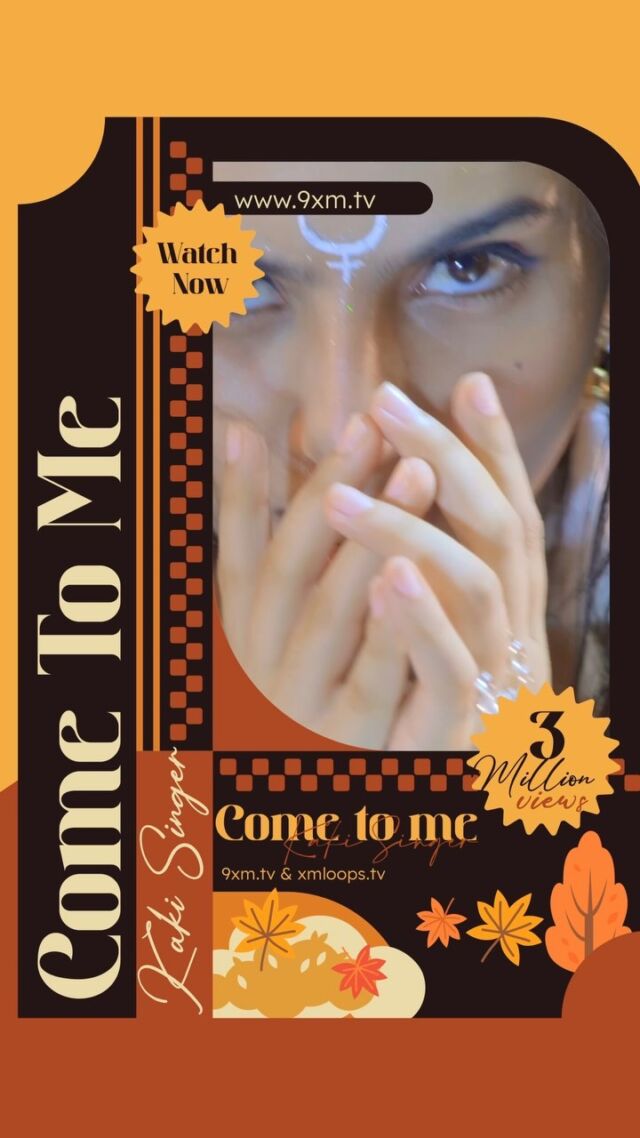
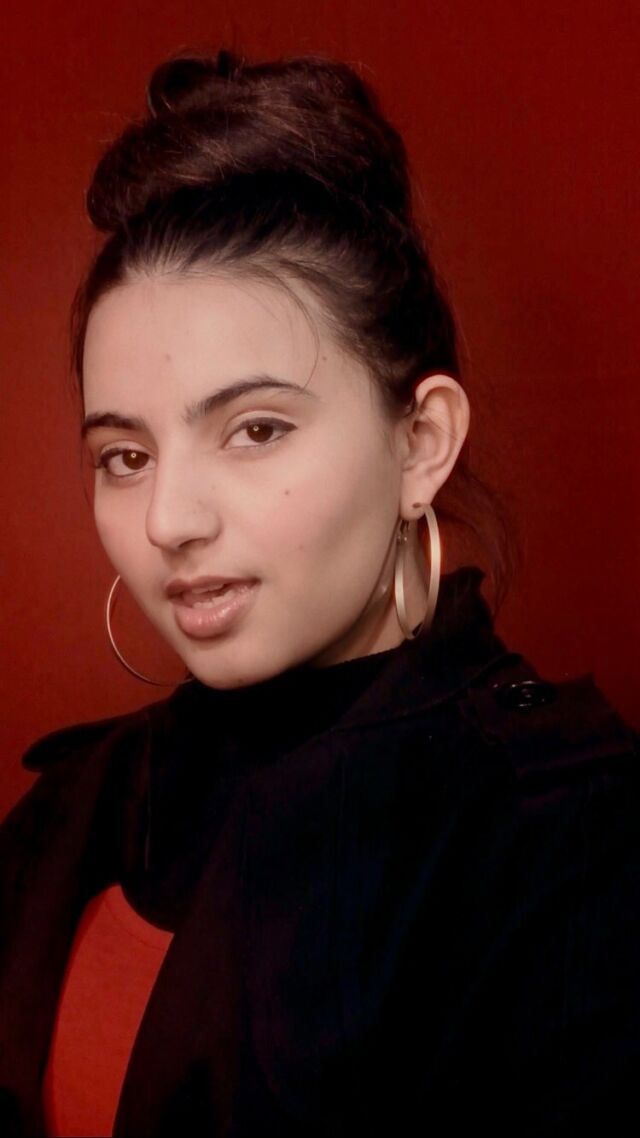
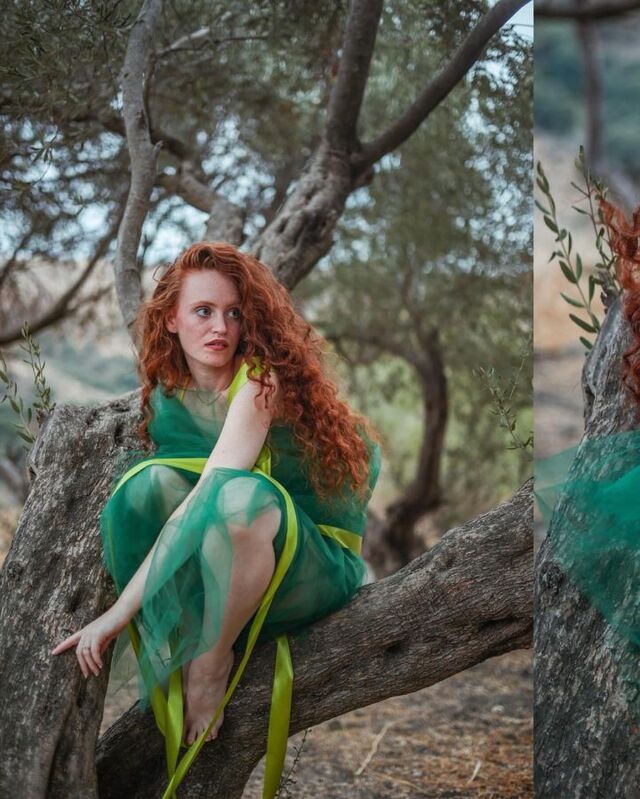
![Growing up learning Indian Classical Music, I’ve developed a deep appreciation for diverse musical genres, and techno is definitely one that has captured my interest. Got inspired to write this track by blending the beautiful melodies of Hindustani classical, particularly Raag Bhairav, with the beats of techno. Excited to share this fusion with you all!
Music by @miladzki
Check it out and vibe with me! 🎶✨
[ techno, newmusic, fusion, indianclassicalmusic, techno, music, kakisinger ]](https://talentsofworld.com/wp-content/uploads/wp-social-ninja/instagram/9xm.tv/18327743320185528_full.jpg)
![Listen to this Version of Dil Kho Gaya
Original Song From the Movie Dil.
Anand-Milind, Udit Narayan, Anuradha Paudwal sung this song
Music by Anand-Milind
Hope you guys like this Rendition of the Classic Song by Kaki Singer.
Like, Share & Comment.
[ Dil, Dil kho Gaya, old songs, Classic Bollywood, old song covers, retro songs, indian old songs, old hindi songs, melodies, kaki singer, Indian singers ]](https://talentsofworld.com/wp-content/uploads/wp-social-ninja/instagram/9xm.tv/17999564600299237_full.jpg)
